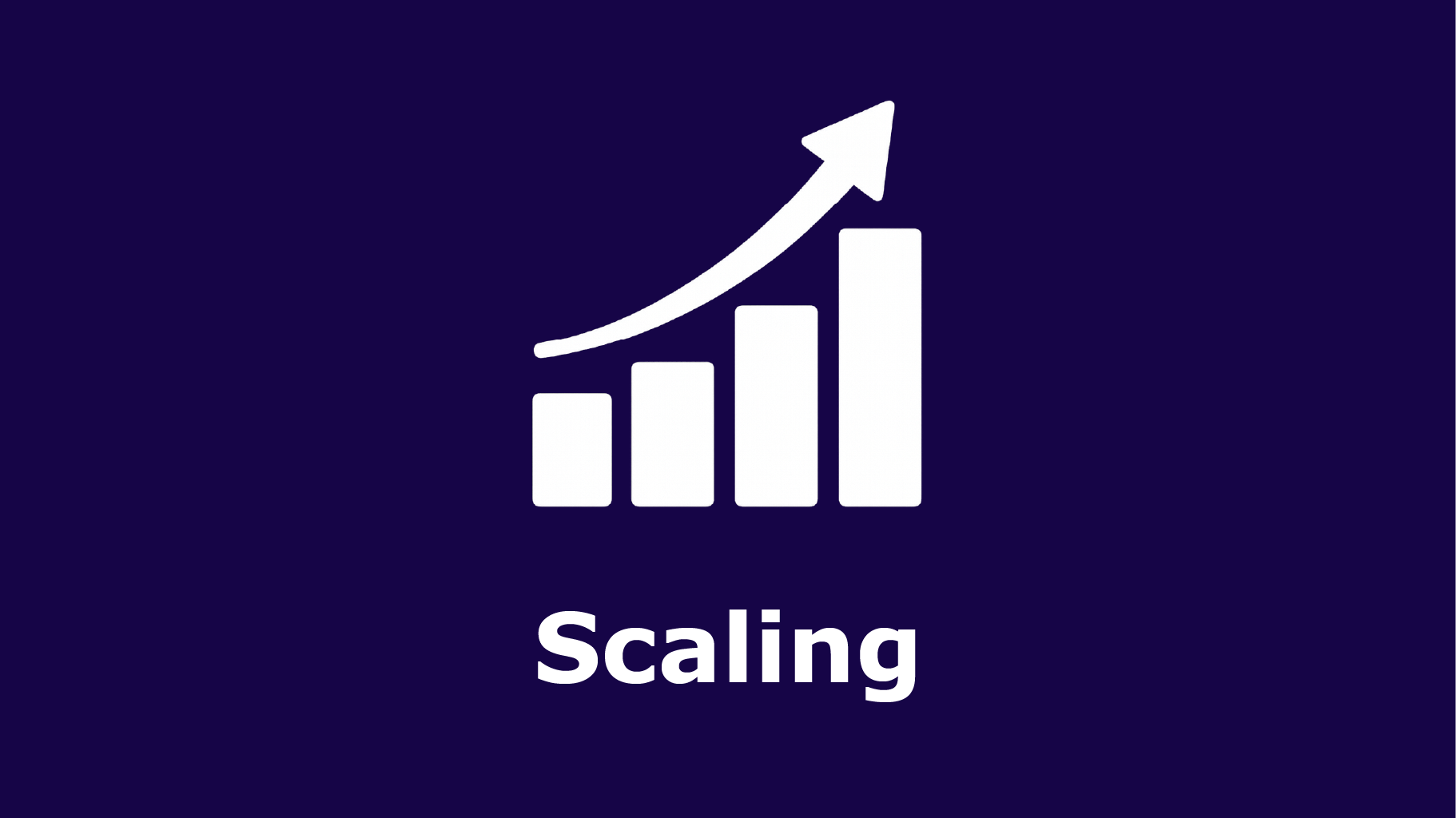Connectivity – Foundation of digital value creation
-
Enables continuous data flows between IT, OT, and cloud.
-
Connects machines, systems, and applications across boundaries.
-
Creates transparency, efficiency, and new digital services.
-
Foundation for scalable solutions – e.g., with pronubes.

The invisible infrastructure of Industry 4.0
Data is the fuel of digitalization. But it only unfolds its full value when it is available at the right time in the right place. This is exactly where connectivity comes in: It is the invisible infrastructure on which modern production, automation, and digital services are built.
While terms like cloud, artificial intelligence (AI), or Industrial Internet of Things (IIoT) are at the center of attention today, connectivity often remains in the background. Yet it is a basic prerequisite for almost all digital initiatives in industry.
Whether in production monitoring, energy saving, or predictive maintenance: Without continuous connectivity, such concepts remain unrealized. It may not be the most spectacular element of digital transformation, but it is probably the most important. Those who approach connectivity strategically and implement it with the right tools lay the foundation for innovation, efficiency, and a secure future in the industrial environment.
What is connectivity in industry?
In conventional IT environments, connectivity primarily means the connection of computers and systems via networks. In the industrial world, however, the term is more far-reaching. Here it describes the ability to connect machines, sensors, controllers, software systems, and platforms with each other in such a way that continuous and reliable data flows are created – both horizontally (between systems at the same level) and vertically (between different hierarchy levels).
This ranges from data acquisition on the shop floor to integration into ERP, MES, or cloud systems. The goal is to break down information silos and make important data usable along the entire value chain.WiederholenClaude kann Fehler machen. Bitte überprüfen Sie die Antworten.

Why is connectivity a management priority?
For CIOs and IT managers, connectivity is no longer just a marginal technical topic. It is a strategic point, especially given increasing digitalization, growing data volumes, and rising requirements for transparency and efficiency.
The challenge: Many companies have historically grown structures. Old machines, independent interfaces, and manual processes make it difficult to network data comprehensively. Additionally, security requirements must be considered and operational systems (OT) must be carefully integrated into the IT infrastructure.
Connectivity needs structure
Instead of programming individual point-to-point solutions, more and more companies are relying on central middleware systems. These act as intermediaries between machines, systems, and data platforms.
pronubes offers exactly this as a modular solution: The software connects various systems manufacturer-independently and is flexible, expandable, and tailored to industrial requirements. Installation is done without major programming effort, so that specialist departments can implement processes completely independently.




